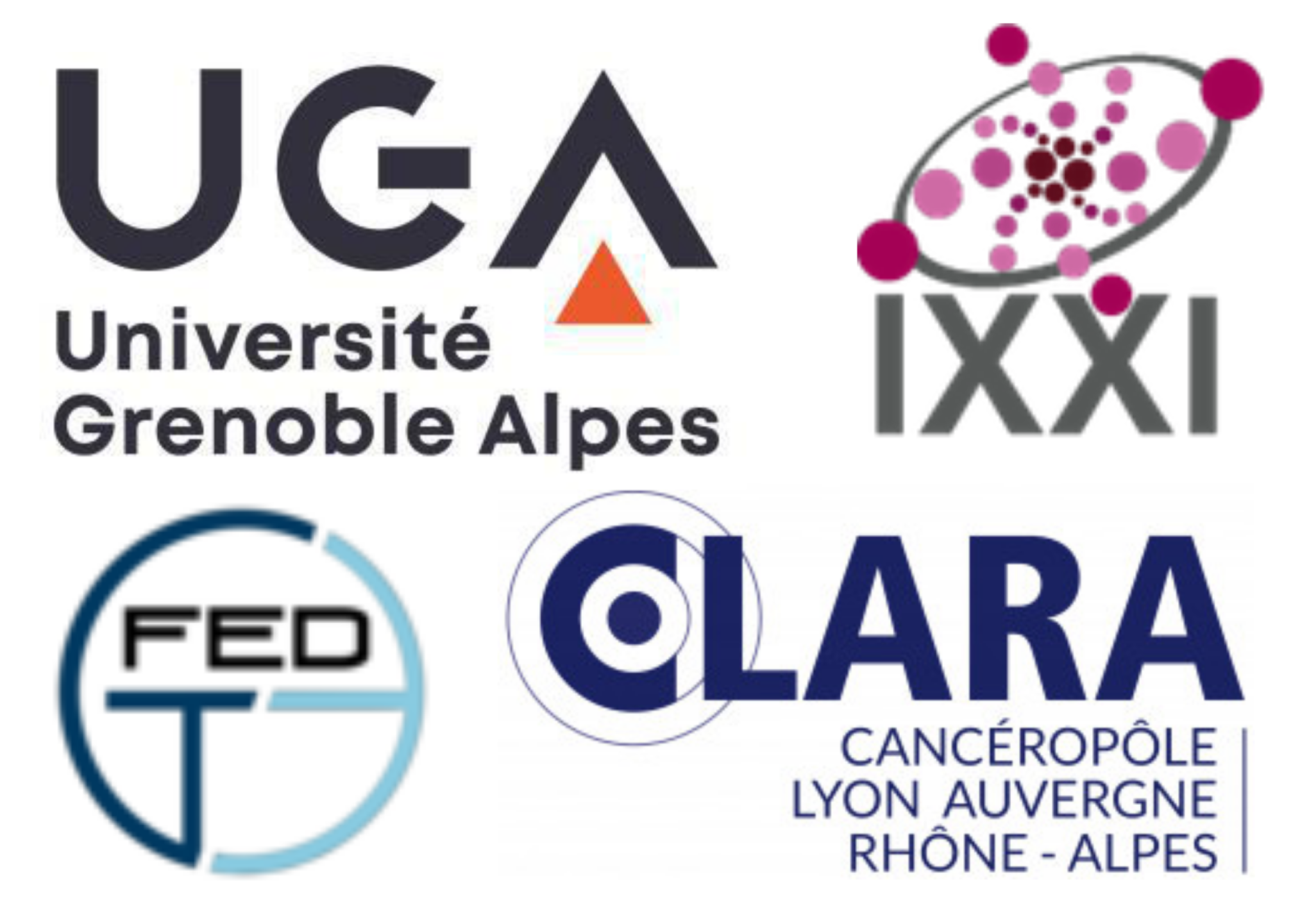Introduction. Pulmonary fibrosis is characterized by excessive and heterogeneous deposition of extracellular matrix (ECM) components, particularly collagen, altering the local lung tissue stiffness. There is evidence that changes in ECM micromechanics significantly impact cell function [1]. However, there are no techniques to assess the local ECM micromechanics in lungs, in vivo. We applied a time-resolved synchrotron radiation phase contrast µCT technique (4D-µCT) to investigate local ECM deformation under controlled ventilation in bleomycin-induced lung injury [2], with an effective pixel size of 6 μm. Here, we computed and quantitatively compared images of local lung strain distribution within the lung tissue in normal and bleomycin-injured rat lungs.
Methods. The experiments were performed in 6 control and 7 bleomycin-injured anesthetized, muscle-relaxed and mechanically ventilated adult rats at 7 days post intratracheal instillation. X-rays from a synchrotron source were monochromatized at 38 keV. A free propagation phase-contrast setup was used with a sample to detector distance of 3.5 m. Images were reconstructed using the Paganin phase retrieval algorithm. Projection images were acquired at a constant frame rate using a fast camera (PCO Edge), coupled with optics determining a pixel size of 6 µm and 10 ms time resolution. The ECG signal was recorded and image reconstruction was retrospectively gated to both breathing and cardiac activity. Quantitative maps of local lung strain were computed using a previously described image-registration based processing pipeline [3].
Results. Phase-contrast CT and composite strain maps were produced in control and bleomycin-induced lung injury. Respiratory elastance was significantly increased in bleomycin vs. control rats (median [Q1, Q3]; 4758.5 [5458.3, 6654.5] vs. 1727.2 [2217.1, 2509.5] hPa/L respectively, p=0.0012). Median local strain was consequently reduced in the aerated regions of bleomycin-injured rat lungs: 0.067 [0.043, 0.098] vs. 0.109 [0.081, 0.143], p=0.028).
Conclusions. Here, we show a first comparison of quantitative images of local strain acquired in normal and bleomycin-injured in vivo rat lungs, based on registration of dynamic 4D-µCT synchrotron phase-contrast images obtained at 6 µm voxel resolution. This approach will allow to investigate how the ECM micromechanical alterations influence fibrogenesis and vice-versa. Assessing the involved mechanisms will provide insight for developing new therapies.
References
1. Deng, Z., et al. Int J Biochem Cell Biol, 2020. 126: p. 105802.
2. Mahmutovic Persson, I., et al. Front Physiol, 2020. 11: p. 584.
3. Cercos-Pita, J.-L., et al. Scientific Reports, 2022. 12(1): p. 1-11.


 PDF version
PDF version
